#yui nishida
Explore tagged Tumblr posts
Photo
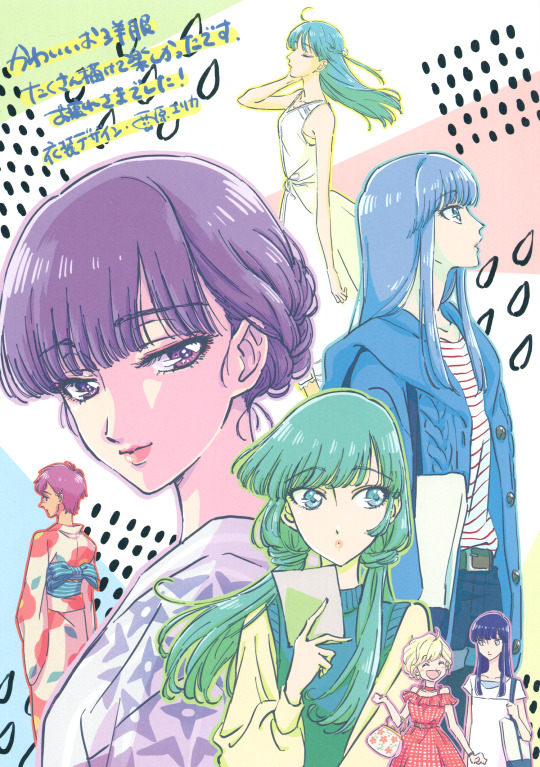
WIT STUDIO Koi wa Ameagari no You ni official Staff Memorial Note
#Koi wa Ameagari no You ni#After the Rain#haruka kyan#yui nishida#akira tachibana#tachibana akira#wit studio#official art#anisource
150 notes
·
View notes
Text




17 notes
·
View notes
Text
After the Rain, Love Blooms

After the Rain (Japanese: 恋は雨上がりのように, Hepburn: Koi wa Ameagari no Yō ni, which translates to "Love Is Like After the Rain") is a touching Japanese manga series created by Jun Mayuzuki. Initially serialized in Shogakukan's Monthly Big Comic Spirits from June 2014 to November 2015, and later in Weekly Big Comic Spirits until March 2018, the series concluded with a total of 10 tankōbon volumes.
The story centers on Akira Tachibana, a high school student who works part-time at a family restaurant. Her life changes when she develops feelings for Masami Kondo, the restaurant’s 45-year-old manager. Masami, a kind and timid man who has been through a divorce and has a young son, becomes the unexpected focus of Akira's affection. As Akira grapples with her feelings and the complexities of her situation, she must decide whether to express her emotions to Masami.
After the Rain was adapted into a 12-episode anime series by Wit Studio, which aired from January to March 2018 on Fuji TV’s Noitamina block. Additionally, a live-action film adaptation was released in May 2018. In North America, Vertical licensed the manga, publishing it in five omnibus volumes from September 2018 to September 2019. Sentai Filmworks holds the license for the anime series' home video and digital releases.
The manga has been well-received, with over two million copies in circulation by April 2018 and won the 63rd Shogakukan Manga Award in the general category that same year.
Key Characters:
Akira Tachibana (Voiced by Sayumi Watabe, English by Luci Christian; Played by Nana Komatsu): A high school student and former track team member, Akira falls for Masami after a kind gesture from him during a rainy day. Despite her seemingly aloof exterior, she’s quite shy and reserved, especially around Masami.
Masami Kondo (Voiced by Hiroaki Hirata, English by Jason Douglas; Played by Yo Oizumi): The 45-year-old manager of the family restaurant who is kind but often seen as weak by his staff. Divorced and father to a young son, Masami is initially unaware of Akira’s true feelings for him.
Haruka Kyan (Voiced by Emi Miyajima, English by Elizabeth Maxwell; Played by Nana Seino): Akira’s loyal friend from her track team days who remains supportive after her injury.
Yui Nishida (Voiced by Haruka Fukuhara, English by Maggie Flecknoe; Played by Honoka Matsumoto): A cheerful coworker at the restaurant who has her own romantic interests.
Ryosuke Kase (Voiced by Tomoaki Maeno, English by Jason Liebrecht; Played by Hayato Isomura): A restaurant chef with inappropriate intentions towards Akira, leading to a tense subplot involving blackmail.
Takashi Yoshizawa (Voiced by Junya Ikeda, English by Gareth West; Played by Shono Hayama): Akira’s classmate and coworker who has a crush on her.
Kayoko Kubo (Voiced by Mika Kanai, English by Patricia Duran; Played by Mari Hamada): A supporting character in the series.
Yuto Kondo (Voiced by Junko Takeuchi, English by Kira Vincent-Davis; Played by Shunya Shiraishi): Masami’s young son, adding a layer of family dynamic to the story.
Chihiro Kujo (Voiced by Mitsuru Miyamoto; Played by Shigeyuki Totsugi): Masami’s former college buddy who is now a renowned writer.
After the Rain is a poignant exploration of unexpected love and the complexities of human relationships, beautifully illustrated and narrated by Jun Mayuzuki.
0 notes
Photo

61 notes
·
View notes
Text









Koi wa Ameagari no You ni icons
𝒍𝒊𝒌𝒆/𝒓𝒆𝒃𝒍𝒐𝒈 𝒊𝒇 𝒚𝒐𝒖 𝒔𝒂𝒗𝒆𝒅/𝒍𝒊𝒌𝒆𝒅
𝘧𝘰𝘭𝘭𝘰𝘸 𝘧𝘰𝘳 𝘮𝘰𝘳𝘦
#anime#icon#icons#anime icon#anime icons#after the rain icon#after the rain icons#after the rain#Koi wa Ameagari no You ni#akira tachibana#masami kondou#yuuto#yamamoto#yui nishida
90 notes
·
View notes
Photo









The cafe staff from Koi wa Ameagari no You ni ☔
#Koi wa Ameagari no You ni#After the Rain#Love is Like After the Rain#Tachibana Akira#Akira Tachibana#Yoshizawa Takashi#Takashi Yoshizawa#Ootsuka#Ootsuka (KoiAme)#Kubo Kayo#Kayo Kubo#Kase Ryousuke#Ryousuke Kase#Nishida Yui#Yui Nishida#groups#iconnot icons#source: anime
9 notes
·
View notes
Photo

064 Yui Nishida Icons from After the Rain EP003-005.
free to use or edit credit is appreciated but not required provided by pebbles mod. screencaps made by: pebbles mod.
google drive links: { bordered • plain }
#Yui Nishida#Yui Nishida Icons#After the Rain#After the Rain Icons#by Pebbles Mod#GFIcons#hc; blonde#hl; neck#ec; green#st; pale#age; teen#gen; female
29 notes
·
View notes
Text
~ Koi wa Ameagai no You ni ~

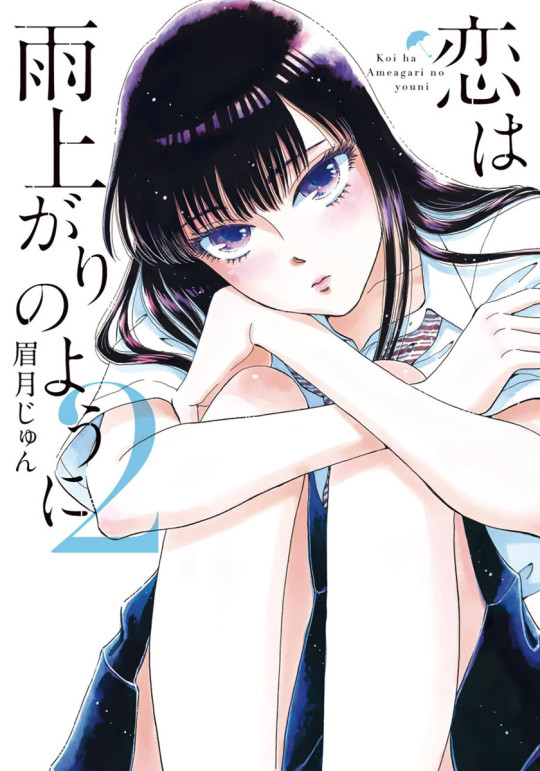
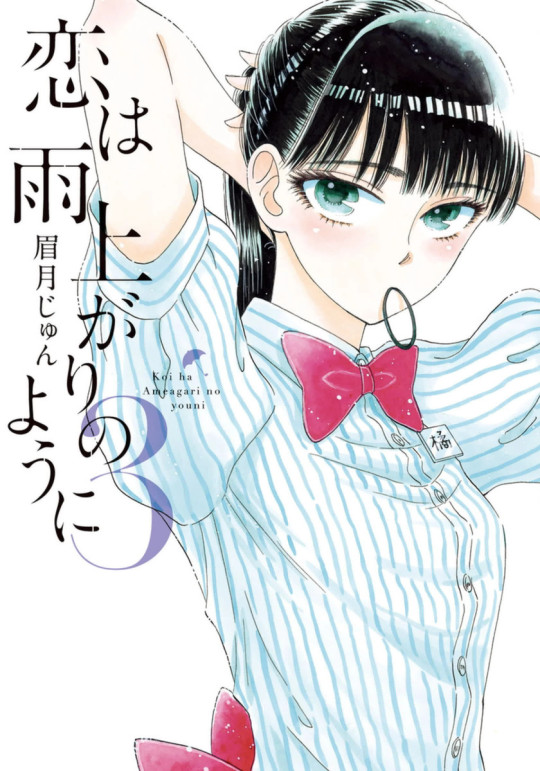
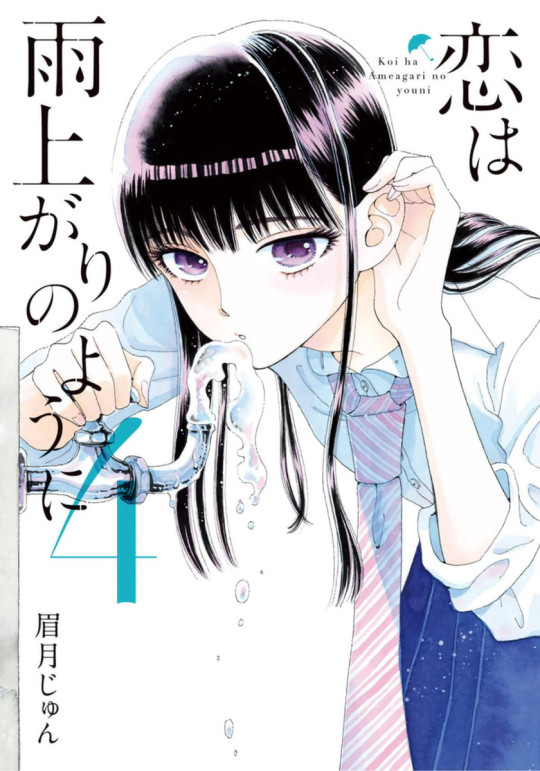
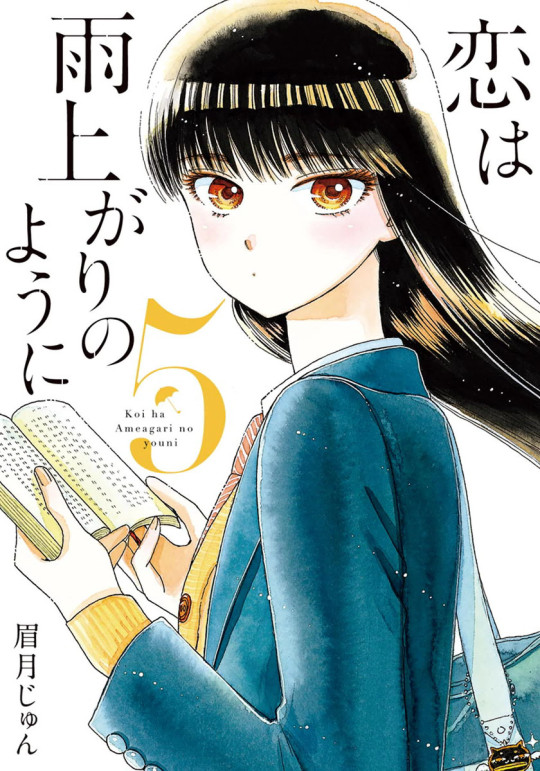
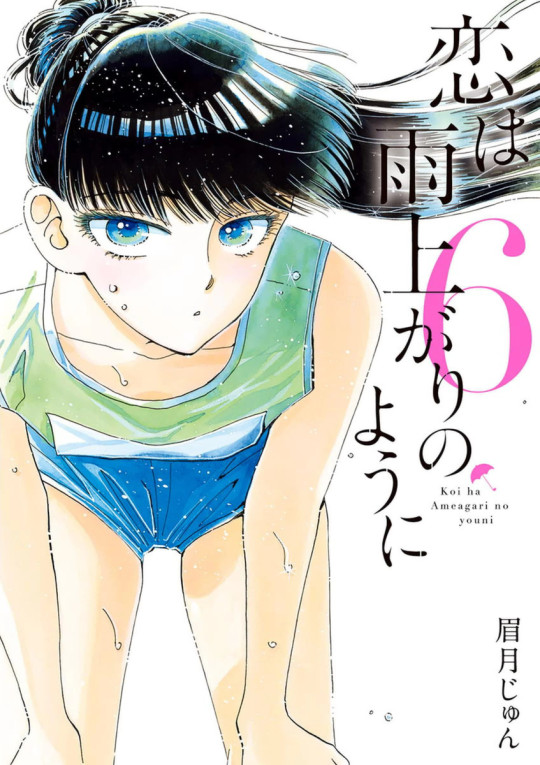
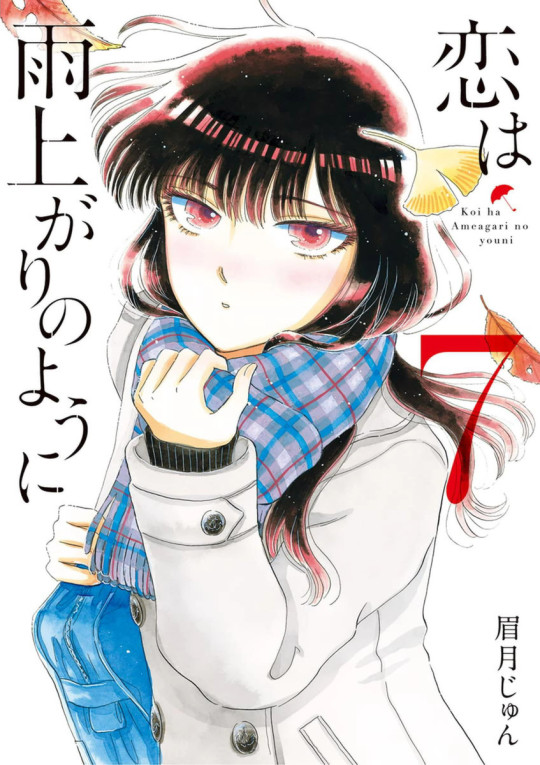

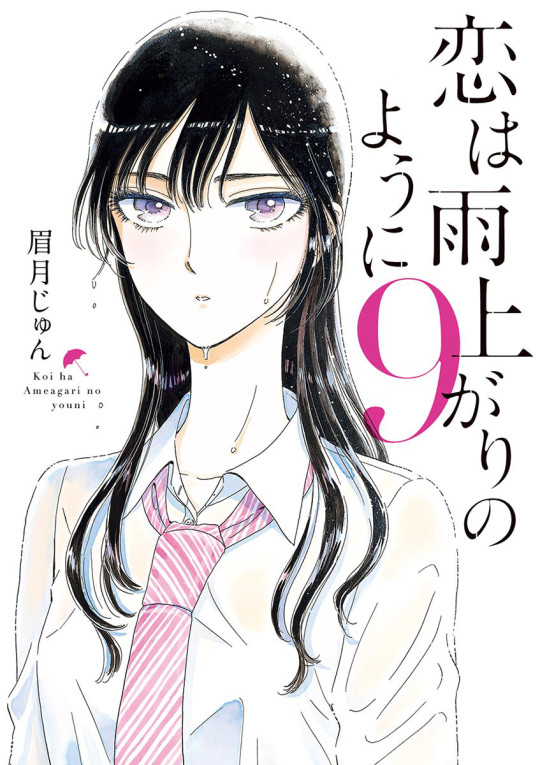

Koi wa Ameagari no You ni English: After the Rain Japanese: 恋は雨上がりのように
Akira Tachibana is a soft-spoken high school student who used to be a part of the track and field club but, due to an injury, she is no longer able to run as fast as she once could. Working part-time at a family restaurant as a recourse, she finds herself inexplicably falling in love with her manager, a divorced 45-year-old man with a young son. Despite the age gap, Akira wholeheartedly embraces his mannerisms and kind nature, which is seen as spinelessness by the other employees, and little by little, the two begin to understand each other. Although unable to explain why exactly she is attracted to him, Akira believes that a concrete reason is not needed to truly love someone. On a rainy day, she decides to finally tell her manager about how she feels... But just how will he react?
Author: Jun Mayuzuki (Story & Art) Genres: Romance, Seinen Volumes: 10 Chapters: 82 Status: Finished
Tell me what’s your favourite cover, ships and favourite character if you’d like :D
Manga Series - Masterlist
#恋は雨上がりのように#koi wa ameagari no you ni#after the rain#jun mayuzuki#anime#romance#seinen#manga#cover#japanese cover#description#collection#volumes#chapters#akira tachibana#masami kondou#yui nishida#haruka kyan#ryousuke kase#chihiro kujou#takashi yoshizawa#yuuto#yamamoto#shouta kyan
44 notes
·
View notes
Photo






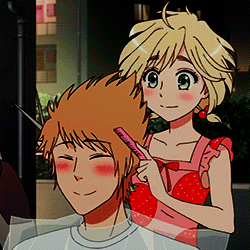


Yui Nishida (西田 ユイ) - Koi wa Ameagari no You ni - Episode 8
#Koi wa Amaagari no You ni#Koi wa Ameagari no You ni#Yui Nishida#Love is Like after the Rain#Nishida Yui#西田 ユイ#My GIFS#My post
312 notes
·
View notes
Photo



What makes your heart flutter?
#koi wa ameagari no you ni#love is like after the rain#after the rain#akira tachibana#yui nishida#mygifs#mine: koiame#mine: all#I'm always changing the psd lol
380 notes
·
View notes
Photo

“I think he’s my type of guy!”
#love is like after the rain#koi wa ameagari no you ni#after the rain#my gif#my gif: after the rain#yui nishida#my gif: yui nishida#episode 2#anime#anime gif#love
8 notes
·
View notes
Photo







Don’t interrupt someone trying to spit game...
#koi wa ameagari no you ni#love is like after the rain#after the rain#恋は雨上がりのように#masami kondou#akira tachibana#yui nishida#winter 2018 anime#anime caps#my cap: after the rain
21 notes
·
View notes
Photo


#Koi wa Ameagari no You ni#After the Rain#Ootsuka (KoiAme)#Kase Ryousuke#Yoshizawa Takashi#Kubo Kayo#Nishida Yui#Tachibana Akira#Kondou Masami#cap
8 notes
·
View notes
Photo






Akira and Yui from Koi wa Ameagari no You ni ☔
#Koi wa Ameagari no You ni#After the Rain#Love is Like After the Rain#Tachibana Akira#Akira Tachibana#Nishida Yui#Yui Nishida#pairs#duos#iconnot icons#source: anime
7 notes
·
View notes
Photo

Nishida Yui
20 notes
·
View notes
